$39.00
Manufacturer: India
Purpose: Combats acne by reducing inflammation and preventing clogged pores.
Description
Deriva S (adapalene, clindamycin) gel 15 g
Ingredients
Active ingredients: Adapalene, Clindamycin
Dosage
Usage: Apply a thin layer to the affected area once daily in the evening.
Indications
Deriva S gel is indicated for the topical treatment of acne vulgaris.
Contraindications
Do not use Deriva S gel if you are allergic to adapalene, clindamycin, or any other ingredients in the gel.
Directions
Cleanse the affected area before applying the gel. Avoid contact with eyes, mouth, and mucous membranes.
Scientific Evidence
Studies have shown that the combination of adapalene and clindamycin in Deriva S gel offers a synergistic effect in treating acne. Adapalene works by normalizing the differentiation of follicular epithelial cells resulting in decreased microcomedone formation. Clindamycin, on the other hand, exhibits antibacterial activity against Propionibacterium acnes, a bacteria involved in acne formation.
Additional Information
It is important to use Deriva S gel as directed by your healthcare provider to achieve optimal results. Some common side effects may include dryness, redness, or peeling of the skin. If severe irritation occurs, discontinue use and consult a healthcare professional.
Pharmacological Effects and Clinical Trials
Deriva S gel’s pharmacological action involves the dual benefits of adapalene and clindamycin. Adapalene acts as a retinoid-like compound, normalizing the differentiation of follicular epithelial cells, while clindamycin provides antibacterial activity against acne-causing bacteria. Clinical trials have demonstrated the efficacy of this combination in reducing acne lesions and improving overall skin condition.
In a comparative study published in the Journal of Drugs in Dermatology, Deriva S gel showed comparable effectiveness to other topical acne treatments with a favorable safety profile. The study concluded that Deriva S gel can be a valuable option for patients with acne vulgaris due to its dual mechanism of action and tolerability.
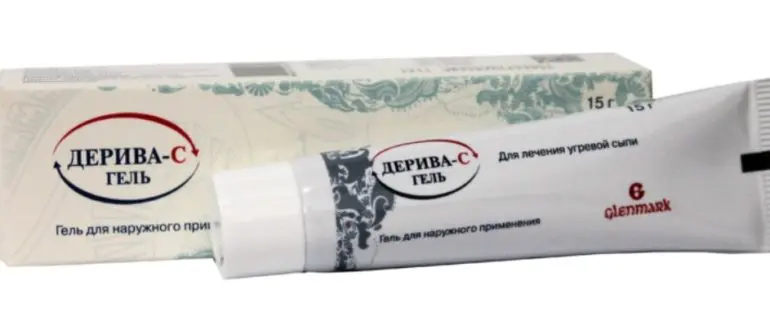
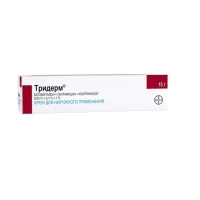
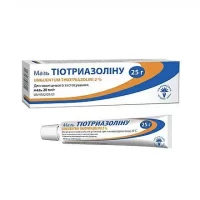
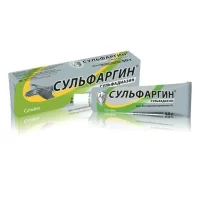
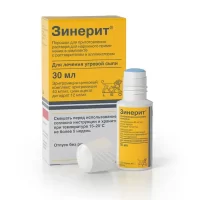


Recent Reviews